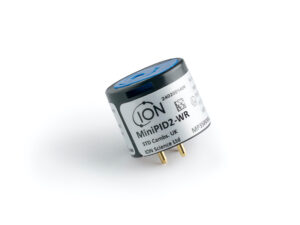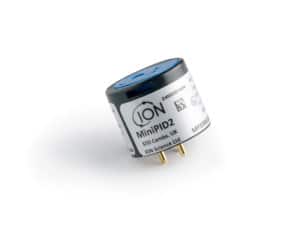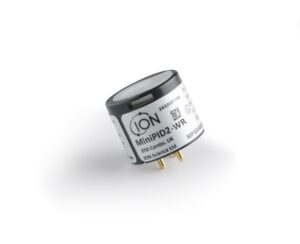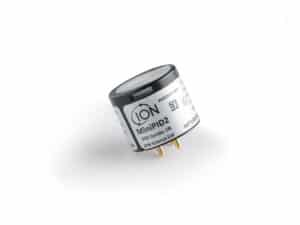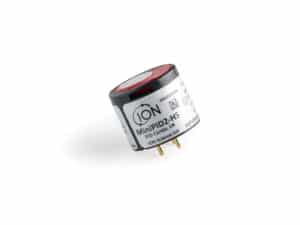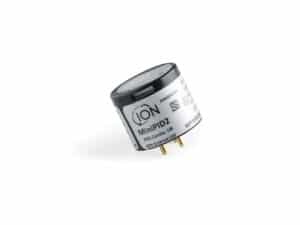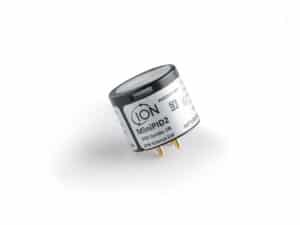Visitors to Sensor + Test 2023 in Nurnberg, Germany (9-11th May) can see the world’s leading sensors for the measurement of volatile organic compounds (VOCs) and particulate matter (PM) at the ION Science booth 512 in Hall 1.
With global organisations looking to lower safety risks and improve their environmental performance, the demand for
VOC monitoring technologies is growing. Typically, ION Science customers are developing measurement instrumentation solutions for personnel safety, site, and environmental monitoring, covering Industrial Health and Safety, Air Quality and Fugitive Emissions. Photoionisation Detection (PID) is the recommended technology to detect VOC levels in the air. PIDs break down compounds into positive and negative ions using ultraviolet light to identify VOCs.
PID sensors analyse and detect a vast array of chemicals, though humidity is a major challenge for many PID manufacturers, however, all of ION’s MiniPIDs have a patent-protected design with a third electrode that overcomes this challenge, delivering a stable signal from 0 – 99% RH.
Peter Morris, Head of Sensors at ION Science Ltd, explains that:
“The designers of Gas Detection Instrumentation, Systems and Process Control Equipment will already know ION Science as a manufacturer of the market’s best PID sensors. However, they will be delighted to learn that the Next-PM high-performance Particulate Matter sensor, is now also available and will feature prominently on our stand”.
“When customers integrate our sensors into their equipment, they know that having ‘ION inside’ enhances both their performance capability and reliability which builds trust in their brand. We, therefore, look forward to welcoming all, covering Developers, Designers, Engineers, Technicians and Product Managers to speak with us at the Sensor + Test show, so that we can explain the benefits of the unique patented technology behind the performance superiorities that ION sensors deliver.”
Peter continues:
“We encourage anyone with an interest in developing a monitoring solution for VOCs, to view the gas response table. This document includes the response factors for over 900+ VOCs, as well as a small number of inorganic gases such as hydrogen sulphide, so it’s really helpful in deciding which PID variant is most appropriate to the OEM application or need.”
The sensitivity of PID sensors is extremely important in many applications; particularly where the sensors are deployed in the measurement of trace VOCs. Again, ION leads the field, offering
MiniPIDs with ten times the sensitivity of other PID manufacturers.
MiniPID Sensors respond to a broad range of VOCs and a few inorganic gaseous, view the
gas response table to see the full list.
The NextPM, particulate matter sensor now available from ION, was recently tested by AQ-SPEC at South Coast AQMD in the USA. The NextPM sensors showed strong to very strong correlations for both PM1.0 and PM2.5 with reference instruments costing several hundred times the cost of the sensors.
Thanks to its patented airflow control technology, Next-PM ensures years of maintenance-free measurements, even in polluted and humid atmospheres. These sensors are therefore ideal for inclusion in instruments and systems that monitor industrial processes or air quality; both indoors and outdoors.
Fine particulates are a particular health concern, and the requirement for monitoring equipment is growing rapidly alongside tightening regulations. In 2021, the WHO halved its yearly average guideline limit for PM2.5 from 10 to 5 µg/m3. In the UK, under the Environment Act 2021, a maximum annual mean concentration of 10 µg/m3 by 2040 has been set as the PM2.5 target. The EU Commission has proposed a reduction in the PM2.5 target to 10 µg/m3 by 2030, and the US Environmental Protection Agency is currently considering recommendations from its independent particulate matter review panel to lower its target from 12 to between 8 and 10 µg/m3.
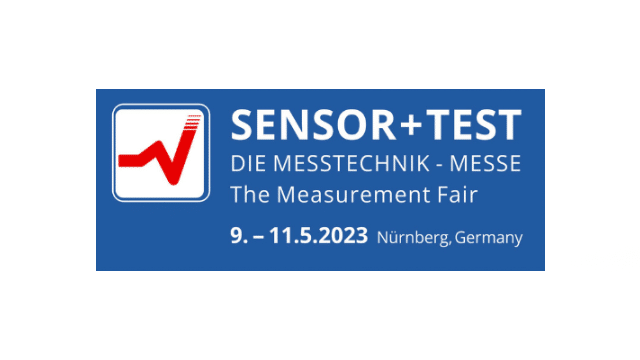


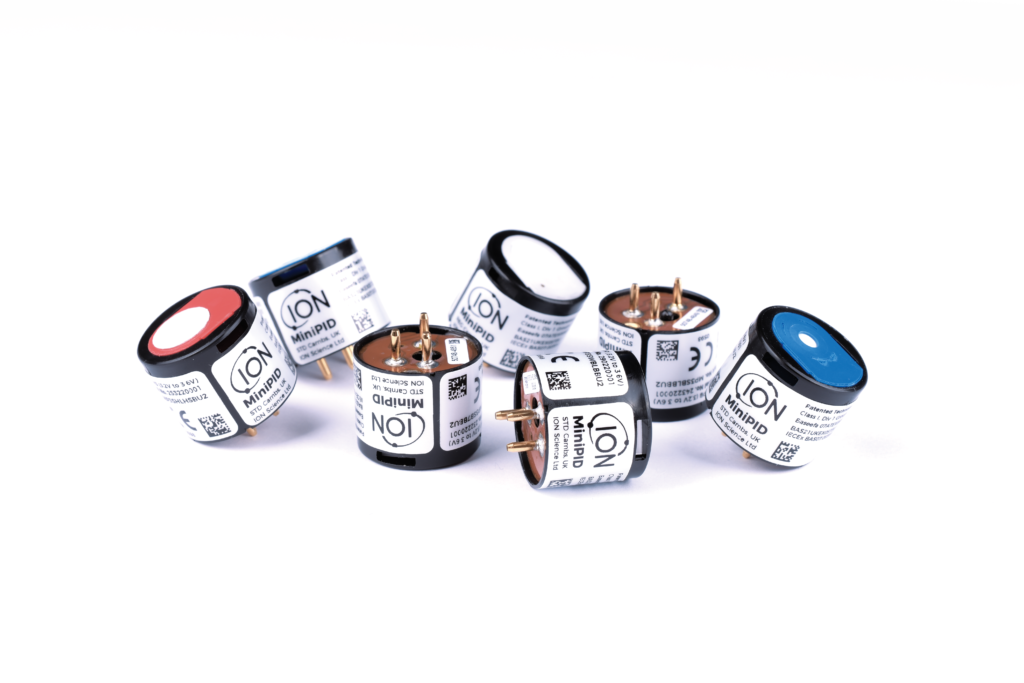
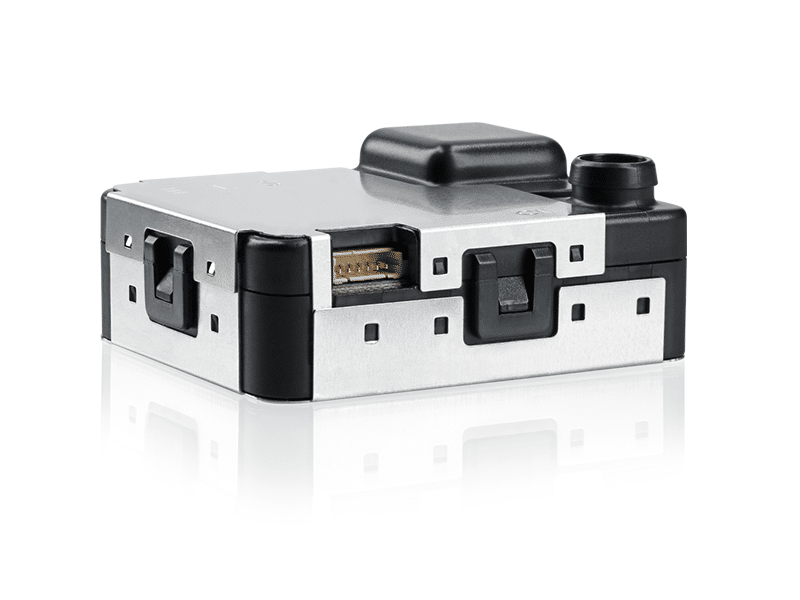
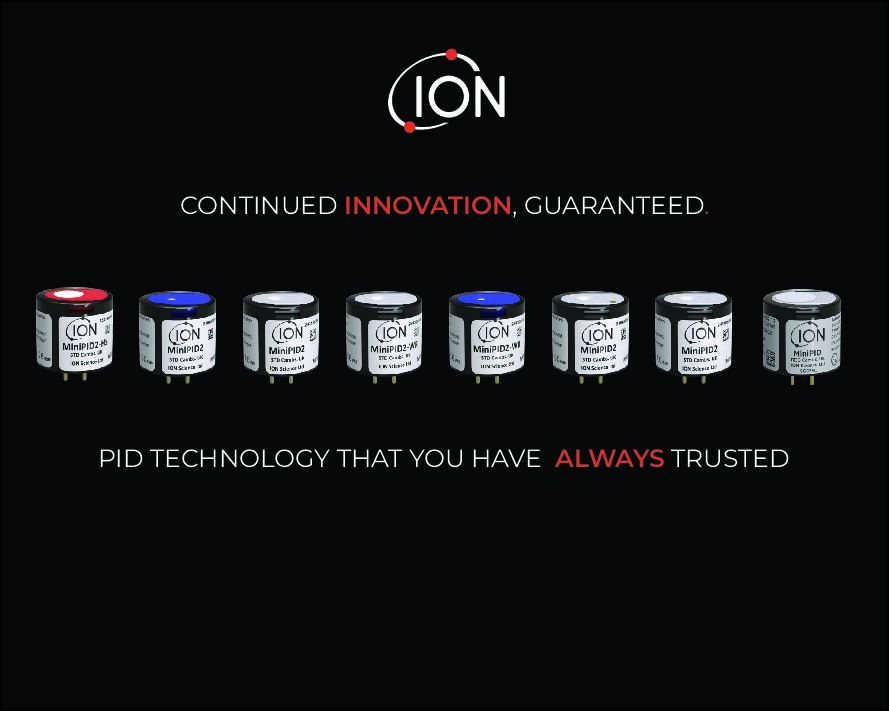



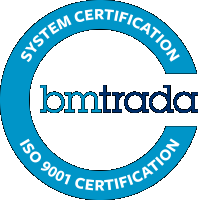
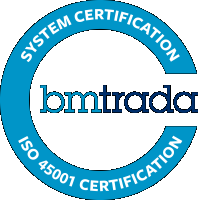
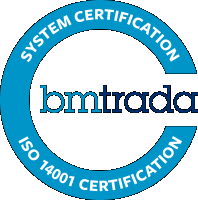
 United Kingdom
United Kingdom